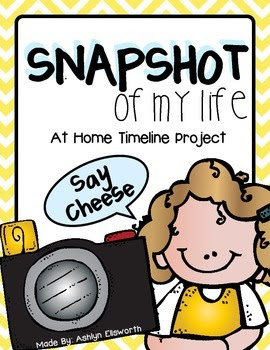What is STEM?
The acronym STEM stands for Science, Technology, Engineering, and Mathematics. For me though the idea of STEM based lesson plans goes back to teaching across disciplines, integrating knowledge, and solving problems in a cooperative environment. You know.....the way we were taught to teach!STEM based lesson plans and projects are inquiry based by nature. Here are a few of the important skills students gain when exposed to inquiry in the early years.
- asking questions
- explore materials, objects, and events and noticing what happens as changes are made
- using all the senses to explore
- making predictions
- recording observations
- working collaboratively
How do I start?
How do we integrate STEM activities in our classrooms? Where do we start? Here are a few tips to get you going in your room:1. Starting a new unit in reading? Here is an example of how I integrated a STEM activity with my Kindergarteners and the book Bear Snores On by Karma Wilson and Jane Chapman. It is part of our reading series so I "have to" read it (although I love this one so I'm not complaining!). We spent the week comparing make believe stories with real stories and read a lot of non fiction books about bears. To keep the investigation going we had our STEM center set up with these materials:
Sounds dangerous right? I think that only added to the excitement! My favorite solution from one of my kiddos was pretty simple. He suggested we leave the parents behind because the kids are lighter and it would be easier to build a raft to float them. I guess he showed me! I feel a little bad for his parents though when it comes to survival! The materials I used were from Lakeshore. I love their STEM kits!
2. If we don't have a reading book to go along with the center I simply call this our "Problem Solving" station. It's a class favorite! We have experimented with magnets, ramps, and things that roll so far. To integrate Math and Technology we incorporate some of our apps on the iPads to our problem solving station but I have to admit, that's been the hardest part of STEM for me to include so far.
3. Rethink your favorite units! Instead of a Halloween party or Halloween centers this year I went with an "All About Pumpkins" unit instead. The kiddos loved experimenting, making predictions, and measuring our pumpkins. In years past we would have made jack-o-lanterns, instead this year we cleaned out the pumpkins, dried out the seeds, and counted/compared the numbers of seeds to the size of the pumpkin. It was so much fun!
So that's how I integrate STEM into our daily kindergarten routine. How do you incorporate science, technology, engineering, and math into your science lessons? I'd love to hear in the comments below!
Thanks for stopping by Hello Sunshine today!



































